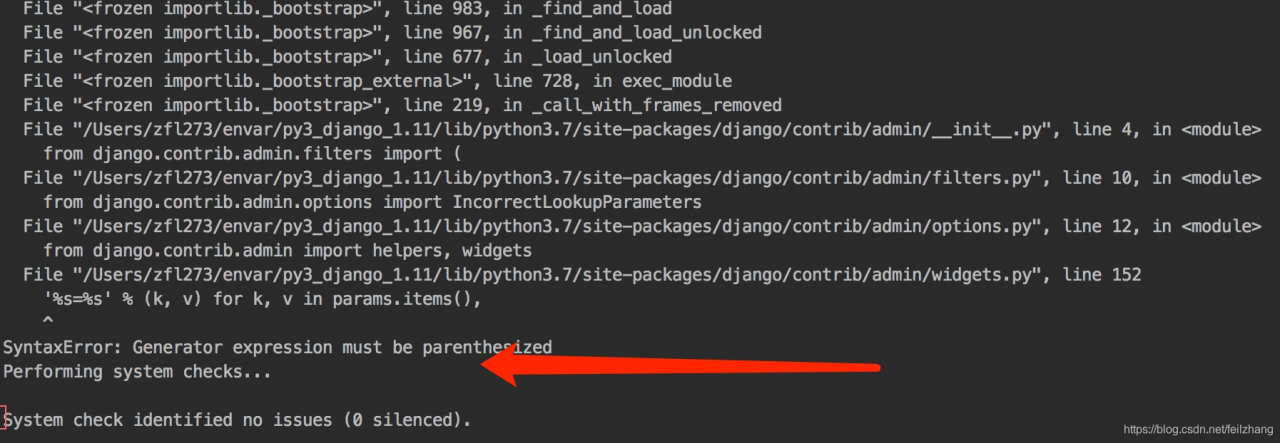ORA-01033: ORACLE initialization or shutdown in progres
2009-01-20 15:22
If it is because of careless manual deletion, oracle data files (such as table space) and this error generated. Then there is help.
Methods as below:
First find the BIN under oracle_home, for example (oracle\product\10.2.0\db_2\bin), find sqlplus.exe in this directory and run it. then
SQL>connect sys/user password as sysdba
SQL>shutdown normal
SQL>startup mount
SQL>alter database open;
alter database open
*
There is an error on line 1:
ORA-01157: unable to identify/lock data file 5-see DBWR trace file
ORA-01110: data file 5:’F:/ORACLE/TEST01.DBF’
It can be concluded that it is caused by the data file deletion operation. Next:
SQL> alter database create datafile 5;
The database has been changed.
SQL> alter database datafile 5 offline drop;
The database has been changed.
Then test it
SQL> conn scott/tiger
ERROR:
ORA-01033: ORACLE initialization or shutdown in progres
Warning: You are no longer connected to ORACLE.
Failed, log in again.
SQL> conn system/oracle as sysdba;
Retest
SQL> conn scott/tiger
ORA-01157: unable to identify/lock data file 6-see DBWR trace file
ORA-01110: data file 6:’F:/ORACLE/TEST01.DBF’
This means that you have deleted more than one file.
Repeating the above operation is nothing more than changing datafile 5 to datafile 6. Until SQL> conn scott/tiger can connect normally.
Note: The above SQL> conn scott/tiger test premise is that the scott user has been unlocked. You can also change to another user name (or you can define it yourself) to test.
————————————————– ——————–
When the client Oracle server enters PL/SQL Developer, it reports ora-01033: oracle initializationg or shutdown in progress, indicating that the application system cannot connect to the Oracle service. Solve the problem through remote guidance. The process is as follows:
1. Enter CMD and execute set ORACLE_SID=fbms to ensure that it is connected to the correct SID;
2. Run sqlplus “/as sysdba”
SQL>shutdown immediate stop service
SQL>startup Start the service, observe whether there is an error when the data file is loaded at startup, and remember the label of the error data file
SQL>shutdown immediate stop the service again
SQL>startup mount
SQL> recover datafile 2 Recover error data file
SQL>shutdown immediate stop the service again
SQL>startup starts the service, this time it is normal.
3. Enter PL/SQL Developer to check, and no more errors are prompted.
————————————————– —————
Solution to oracle error ora-01658 2008-07-23 11:04 This error is reported that the size of the oracle table space is insufficient. First check all tables
Room size:
SELECT T.TABLESPACE_NAME, ROUND(SUM(BYTES/(1024 * 1024)), 0) TS_SIZE
FROM DBA_TABLESPACES T, DBA_DATA_FILES D
WHERE T.TABLESPACE_NAME = D.TABLESPACE_NAME
GROUP BY T.TABLESPACE_NAME;
Then query the data file name of the table space to be modified:
select file_name,blocks,tablespace_name
from dba_data_files
Write down the path of the dpf file corresponding to the table space. For example,’/opt/oracle/oradata/TEST/test.dbf’
Finally modify the table space data file:
ALTER DATABASE DATAFILE’/opt/oracle/oradata/TEST/test.dbf’ RESIZE 2000M;




